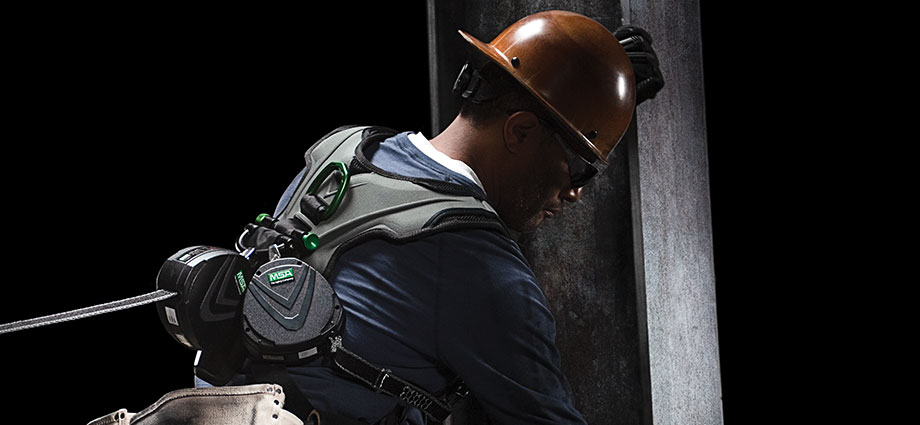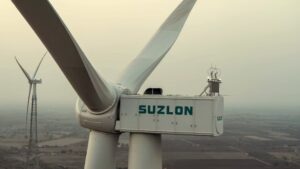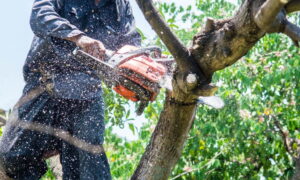Enhancing Worker Safety: The Crucial Role of ANSI Z359 and OSHA 1910 Compliant Fall Protection Harnesses

In industries where working from heights is a regular necessity, the importance of using fall protection equipment cannot be overstated. Fall protection safety harnesses that comply with ANSI Z359 and OSHA 1910 standards are essential for ensuring the safety and wellbeing of workers. This article explores the features of these standards, the types of harnesses available, and best practices for their use.
Understanding ANSI Z359 and OSHA 1910 Standards
The American National Standards Institute (ANSI) and the Occupational Safety and Health Administration (OSHA) set the benchmarks for safety practices in various industries, including construction and maintenance. ANSI Z359 is a series of standards specifically designed for fall protection equipment, focusing on the performance, design, and testing of the gear. Meanwhile, OSHA 1910 encompasses broader regulations for workplace safety, including specific clauses for fall protection in general industry settings.
Features of Fall Protection Safety Harnesses
A fall protection safety harness is a critical component of a personal fall arrest system. It is designed to securely support a person in the event of a fall while distributing the impact forces throughout the body to minimize injury. Key features include:
Durable Material: Harnesses are typically made from high-strength polyester or nylon that can withstand harsh working conditions.
Adjustability: To ensure effectiveness and comfort, harnesses must be adjustable to fit different body sizes and shapes.
Load Capacity: Each harness is rated for a specific weight limit, which includes the worker’s body weight and any tools or equipment they carry.
Attachment Points: A standard harness includes a dorsal D-ring for fall arrest, and additional attachment points can be included for rescue and work positioning.
Choosing the Right Harness
Selecting the appropriate harness involves considering the specific needs of the work environment and compliance with relevant safety standards. Here are some criteria to guide the selection process:
Type of Work: The nature of the tasks and the environment (e.g., electrical hazards, confined spaces) influence the type of harness required.
Certification: Always choose harnesses that are certified under ANSI Z359 and meet OSHA 1910 requirements.
Comfort and Fit: Comfortable harnesses encourage compliance among workers. It is vital to choose harnesses that fit well and allow for freedom of movement.
Best Practices for Harness Usage
To maximize the effectiveness of fall protection safety harnesses, adhere to the following best practices:
Regular Training: Workers should receive training on how to properly wear and adjust their harnesses, as well as how to inspect them for signs of wear or damage.
Routine Inspections: Harnesses should be inspected before each use and undergo detailed inspections periodically as specified by the manufacturer.
Maintenance and Storage: Proper maintenance and storage are crucial to ensure the longevity and functionality of the harnesses. Follow manufacturer guidelines for cleaning and storing the equipment.
Fall protection safety harnesses that meet ANSI Z359 and OSHA 1910 standards are indispensable for protecting workers from height-related hazards. By understanding and implementing these standards, employers can significantly reduce the risk of fall-related injuries and fatalities in the workplace. It is everyone’s responsibility to ensure that safety is not just a compliance requirement but a foundational aspect of daily operations.








